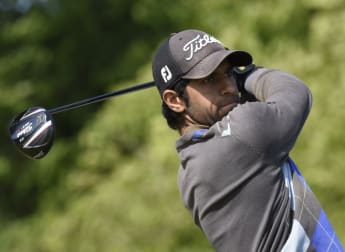The US Open returns to Oakmont Country Club this week for the ninth time, more than any other course. It has also hosted three US PGA Championships, five US Amateurs and two US Women's Opens. We decided to do a little research and share ten facts you probably didn't know about this week's venue.
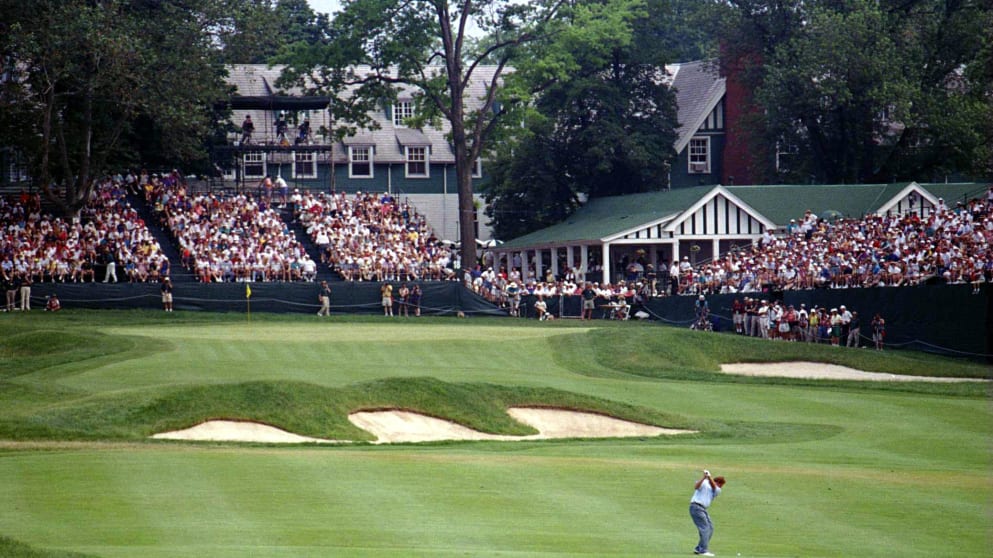
1. Oakmont originally played to a par of 80
When Oakmont Country Club opened in 1903, it featured eight par fives and a par six and played to a par of 80. Whilst it plays to a par of 70 now, there were 60 scores of 80 or higher last time the US Open was hosted here in 2007.
2. The 1962 US Open was Jack Nicklaus’ first professional win
In 1962, a 22 year old Jack Nicklaus arrived at Oakmont Country Club having turned professional the year before. He finished his four rounds tied with Arnold Palmer on a score of 283 before winning in a Sunday play-off. The victory was the first of Nicklaus’ 117 professional wins and 18 career Majors.
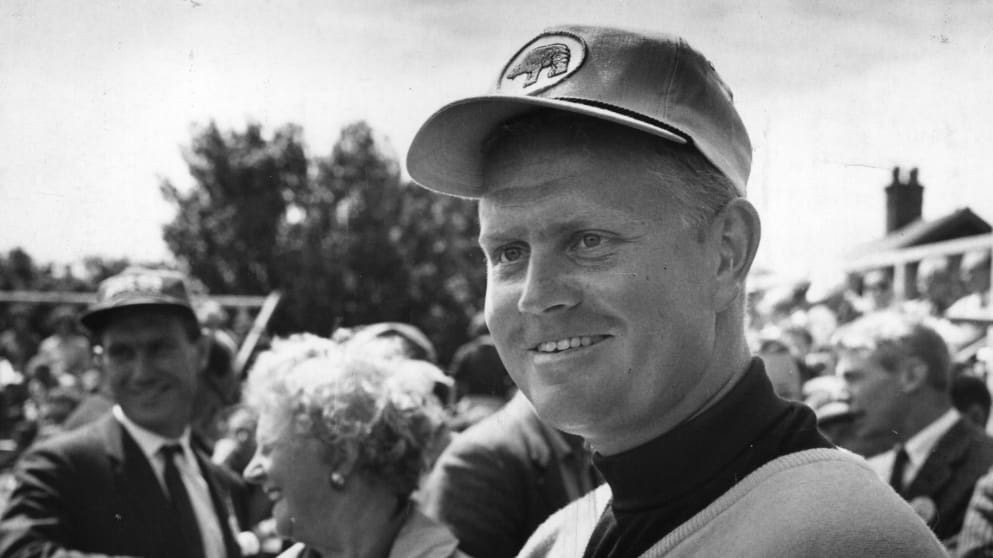
3. Only two players recorded an under par round during the first US Open at Oakmont
The US Open Championship first visited Oakmont in June 1927. It was won by Tommy Armour, who was tied with Harry Cooper after 72 holes on a score of 301, or 13 over par, which remains the highest winning score of the tournament since 1919. The course played so hard that only two players carded an round under par all week, a second round 71 by winner Armour and a final round 69 by Al Espinosa. The scoring average that week was 78.6.
4. Johnny Miller’s 63 at Oakmont is the only weekend 63 in Major history
Johnny Miller started the final round of the 1973 US Open Championship six shots off the lead of Arnold Palmer and three others. Miller hit all 18 greens in regulation, starting with four straight birdies, to sign for an historic 63. His score remains tied for the lowest in a Major, and the only 63 carded during the final two rounds. What makes Miller's feat even more impressive is that of the 65 players who made the cut, only three other players broke 70 on Sunday.
5. The stimpmeter was invented after the 1935 US Open
Having watched some of the best golfers in the world putt off the green in the 1935 US Open at Oakmont, 31 year old Edward Stimpson decided to work on a device designed to measure green speeds. Stimpson was captain of the Harvard golf team in his younger years and used his golfing knowledge to create an angled track that could be used on a flat putting surface to determine the relative speed of the greens. The 'stimpmeter' has been widely used in golf ever since and is still the trusted measure. As for this week, greens are expected to run up to 14ft 5" on the stimp.
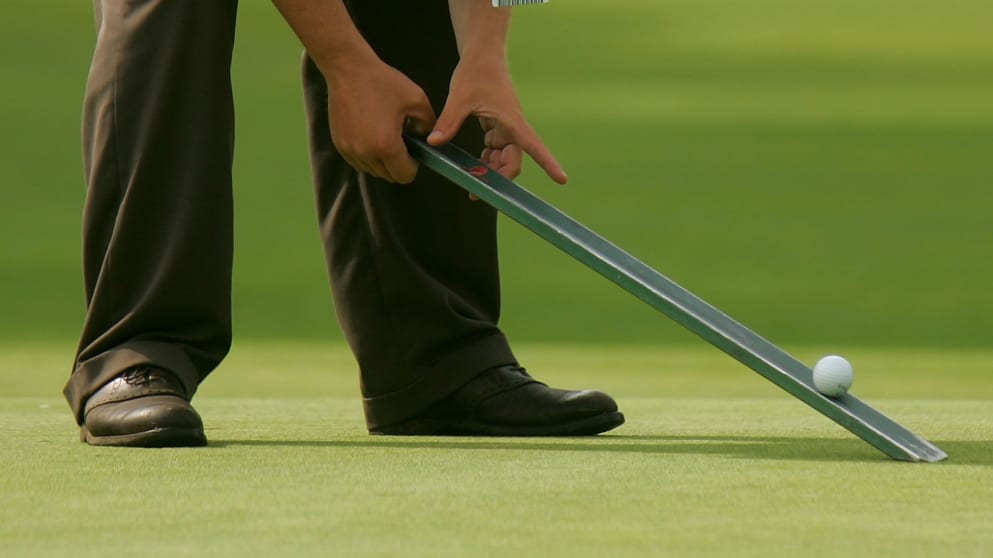
6. Oakmont has more bunkers than the Old Course
Known for its difficult greens and thick rough, one of Oakmont’s most defining features is its bunkers. The course is littered with an array of different styles of sand traps, including the famous 'Church Pews' bunker on the third hole. In total, there are 210 bunkers at Oakmont, nearly twice as many as the Old Course at St Andrews, which has just 112.
7. The longest par three in US Open history
For most golfers, a 288-yard hole signals a short par four and a good birdie opportunity. However, at Oakmont Country Club, the 288-yard eighth hole measures as the longest par three in US Open history. In 2007 it played to distances of 261, 279, 281 and 300 yards throughout the four days with an average score of 3.45 - the fifth hardest hole that week. It’s not all that hard, though, just ask Trevor Immelman. The former Masters champion made a hole in one on the eighth during a practice round in 2007.
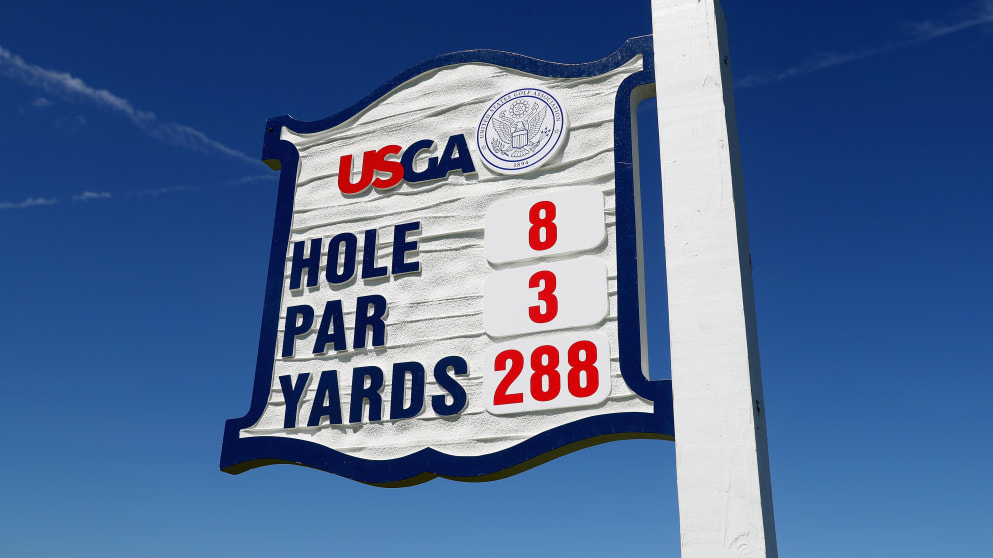
8. More than 7,000 trees have been removed since 2007
Ahead of the 2007 US Open, around 7,000 trees were removed from Oakmont Country Club in order to restore the course back to its links origin and improve the panoramas around the property. Since then, a further 7,500 trees have been removed, meaning you can now see every hole on the course from the iconic Oakmount clubhouse behind the 18th green.
9. The ninth green is also the practice green
Players making the turn this week at Oakmont will be greeted with a unique backdrop to their approach to the ninth hole. That is because the ninth green and practice green are the same surface. As players size up their second shot into the 477-yard par four, a number of players and coaches will be on the back of the green, practicing in front of the clubhouse. All that separates the two areas is two blue stakes, either side of the green. Amazingly if a player was to putt from the practice green to the ninth green and then putt back to the practice area, he would be disqualified under Rule 7-1b ('testing the surface of any putting green on the course').

10. Ben Hogan had to come through qualifying to win his record fourth US Open at Oakmont
When the US Open was held at Oakmont in 1953, the single exemption criteria was still reserved just for the defending champion - at that time Julius Boros - meaning that three-time winner and reigning Masters Champion Ben Hogan had to come through a 36-hole qualifying event with the rest of the field. After doing the necessary there, Hogan made three birdies on the back nine in the final round to win his fourth US Open by six shots from Sam Snead and with it equalled the record of Willie Anderson and Bobby Jones by securing a fourth US Open title. Hogan would, of course, go on to also win The Open at Carnoustie a few weeks later and with it completed his famous 'Triple Crown' season.
